Mesa Verde National Park is famous for the incredible cliff dwellings found there. It’s one of the most interesting historical sites in the United States and a magical place to visit.
Do you want to learn more about Mesa Verde? Let’s take a look at some fascinating Mesa Verde National Park fun facts.
Subscribe to daily national parks planning tips, travel inspiration and trip ideas and get instant access to the free PDF
10 Fun Facts About Mesa Verde National Park
No time right now to read these fun facts about Mesa Verde National Park? Pin It and save it for later:
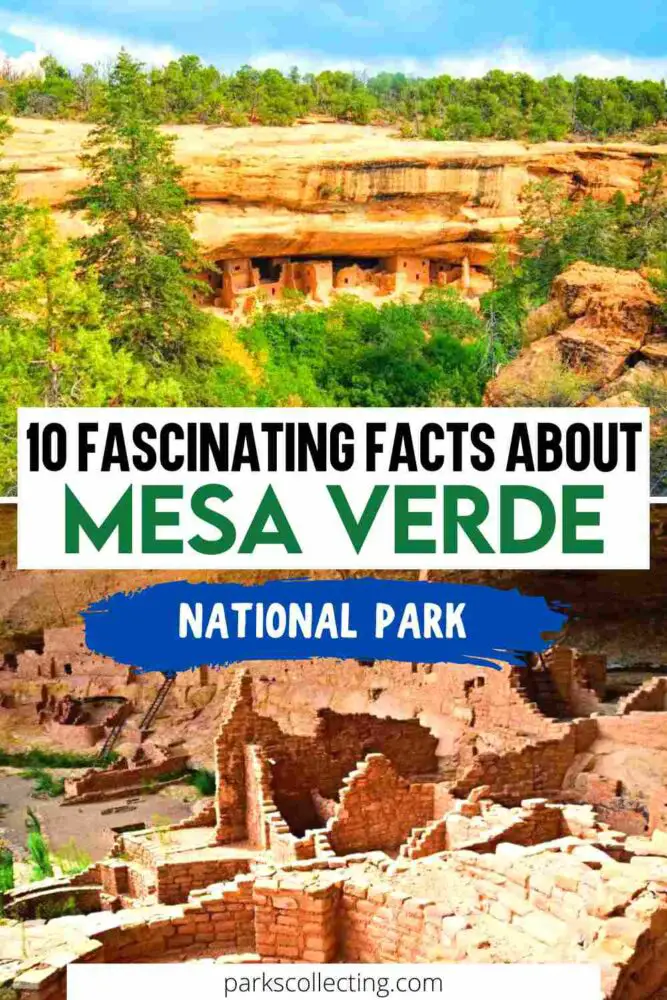
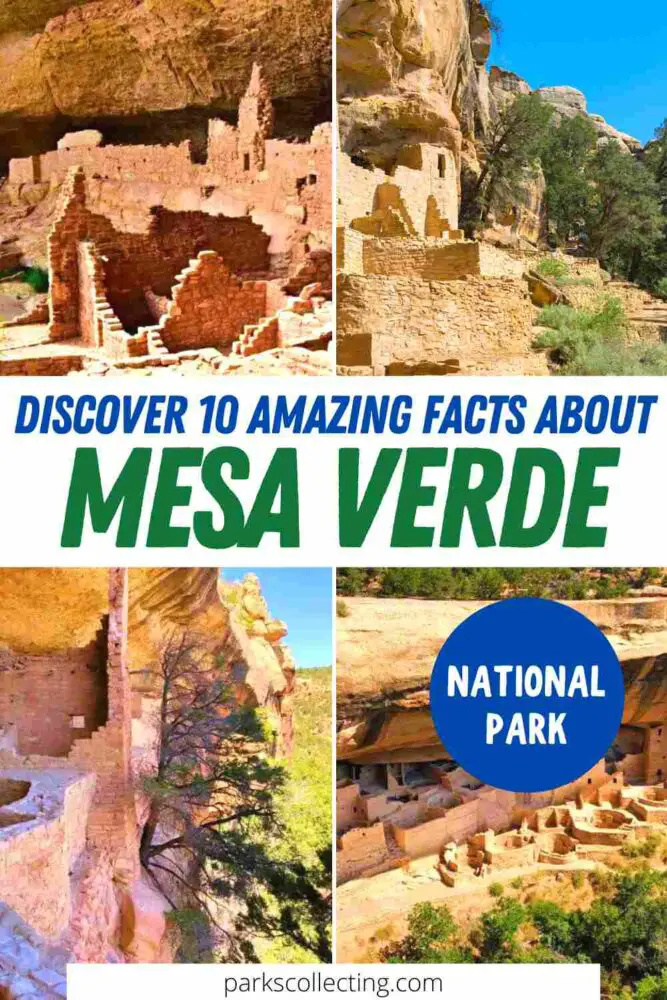
🛏️TOP HOTEL PICK: Check availability now
🚘FIND THE CHEAPEST CAR RENTAL: Search Discover Cars for the best deals
✈️FIND THE CHEAPEST FLIGHTS: Search Skyscanner for the best deals
🧳GET TRAVEL INSURANCE: Get insured with Travelex before you go
📱TAKE AN AUDIO TOUR: Buy an audio tour now
Table of Contents
Basic Mesa Verde National Park Facts
⭐ Location: The southwestern corner of Colorado.
⭐ Size: 81.25 square miles/ 52,485 acres.
⭐ Number of Visitors each Year: 499,790 people visited Mesa Verde in 2022.
⭐ Annual Rainfall: The average annual precipitation in Mesa Verde National Park is 18.21 inches.
⭐ Highest Elevation: 8,427 feet at Point Lookout
⭐ Lowest Elevation: 6,015 feet at Soda Canyon
⭐ Date it Became a National Park: The national park was established on June 29, 1906 by President Theodore Roosevelt, making it the seventh oldest national park in the United States.
10 Fun Facts About Mesa Verde National Park
1. Mesa Verde is America’s first cultural park
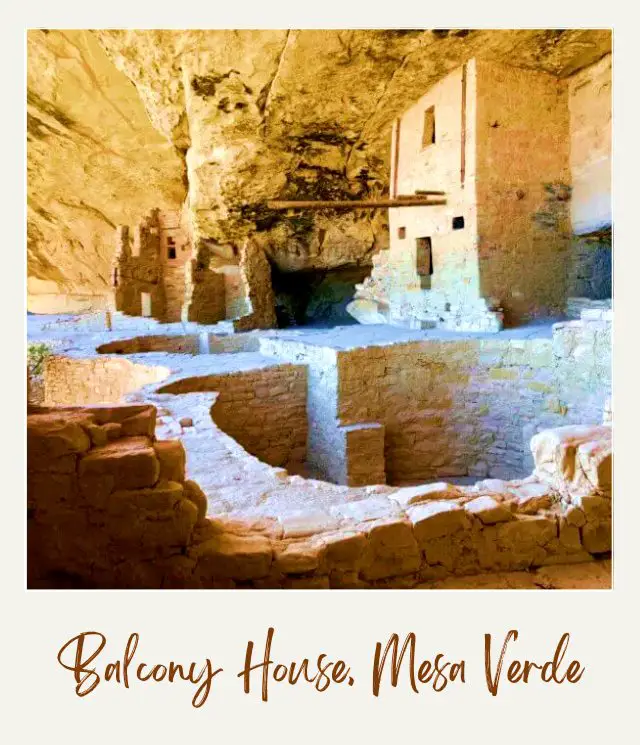
National parks were originally established to help preserve outstanding areas of nature. It wasn’t until Mesa Verde was established “to preserve the works of man” that a national park focused on the built environment, history and archaeological sites instead of nature.
Mesa Verde was the seventh national park established in the United States, but the first ‘cultural park’. Even more amazing is that it was the first archaeological area in the entire world to be recognized and protected in this way.
Today, the National Park Service continues to focus on the preservation of both cultural and natural resources, and many national parks have various historical sites in them that are preserved. But Mesa Verde will forever be the first – and the most significant – National Park created specifically to preserve a man-made environment.
➡️ READ MORE: All the National Parks Checklist
2. Mesa Verde National Park is a UNESCO World Heritage site
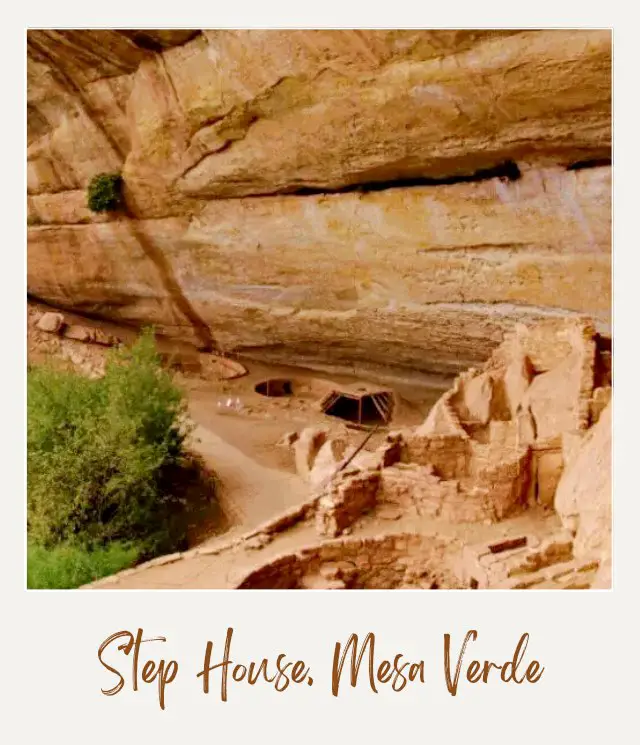
In addition to being a National Park, in 1978 Mesa Verde also became a UNESCO World Heritage site due to its “outstanding universal value”.
According to the UNESCO site, “The exceptional archaeological sites of the Mesa Verde landscape provide eloquent testimony to the ancient cultural traditions of Native American tribes. They represent a graphic link between the past and present ways of life of the Puebloan Peoples of the American Southwest.”
Mesa Verde was one of the first World Heritage Sites in the United States. Today, it’s one of 23 World Heritage Sites within the United States.
➡️ READ MORE: World Heritage Sites: A Complete Guide to 1073 UNESCO World Heritage Sites
3. There are more than 4,700 archaeological sites in Mesa Verde National Park
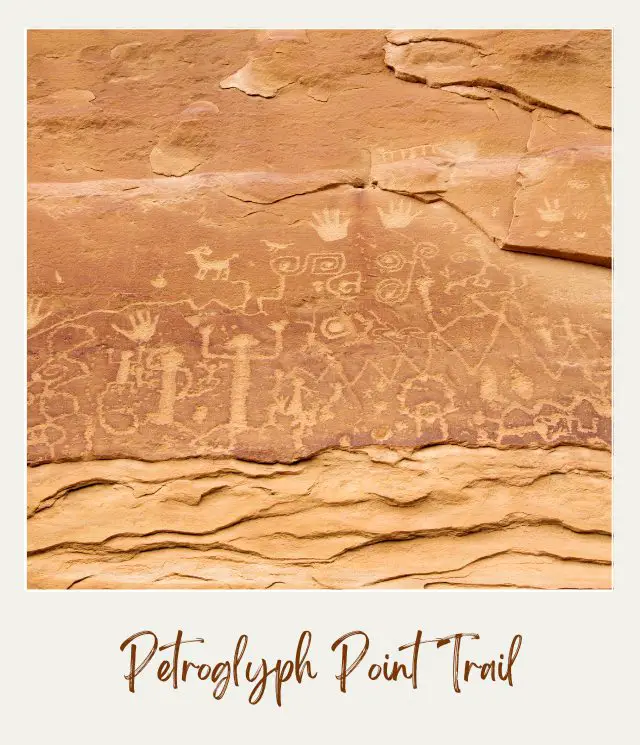
There are more than 600 cliff dwellings in Mesa Verde National Park, from tiny store rooms to the multi-building Cliff Palace (more on that later).
However, these aren’t the only types of archeological sites in the park. Many people lived in the cliff dwellings, but they farmed on top of the mesa. Many others also lived on the mesa tops.
In addition to the cliff dwellings, there are over 4,000 archaeological sights on top of the mesa or in the surrounding canyons. There are several of these sites such as pit houses that you can visit to learn more about the earlier people’s lifestyle.
➡️ READ MORE: The Mesa Verde World: Explorations in Ancestral Pueblo Archaeology by D G Noble
4. Mesa Verde is not actually a mesa
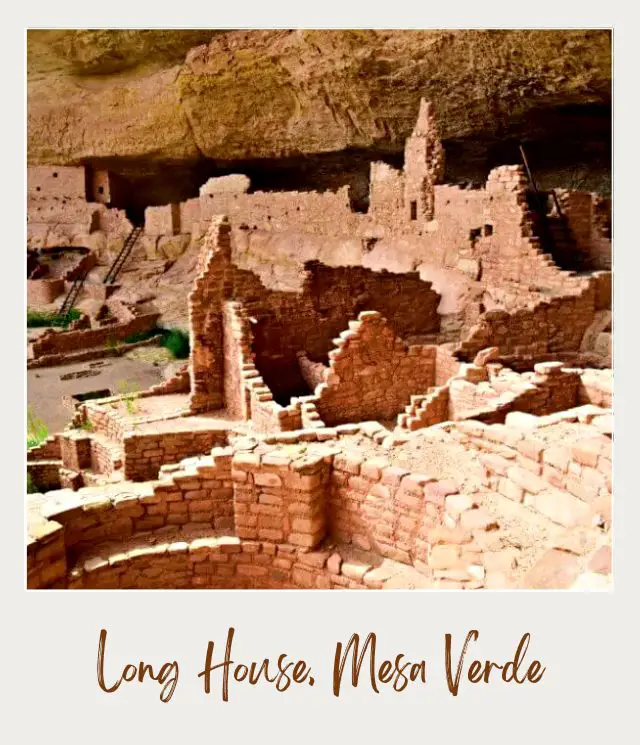
“Mesa Verde” is Spanish and literally means “green table”.
However, “mesa” is commonly used in English and describes a small(ish) flat-topped hill with steep sides on all sides. “Verde” is “green” in Spanish, named because of the trees on top of the mesa.
In actual fact, despite its name, Mesa Verde isn’t a mesa because it slopes down gradually at one side rather than having steep drop-offs on all sides.
Even if you give the whole ‘mesa’ thing a pass and say “well, it’s close enough”, the confusion (and misnaming) doesn’t stop there. Because Mesa Verde isn’t one mesa, but two.
The main (loosely-defined) mesa is Chapin Mesa. This is the first mesa you reach when you drive up from the Visitor Center and park entrance at the bottom of the mesa and is where most of the major cliff dwellings are located.
However, there is also Wetherill Mesa. To get there, you drive up to Chapin Mesa first, then drive down into the ravine between them, and back up again.
Wetherill Mesa is smaller and less visited and the narrow, winding access road is closed from October to May. There are only five cliff dwellings on Wetherill Mesa, but one of them is Long House, the second largest dwelling.
➡️ READ MORE: Guide to the Geology of Mesa Verde National Park by MO GriffittsBest Time To Visit Mesa Verde National Park
5. The Cliff Palace is not a palace
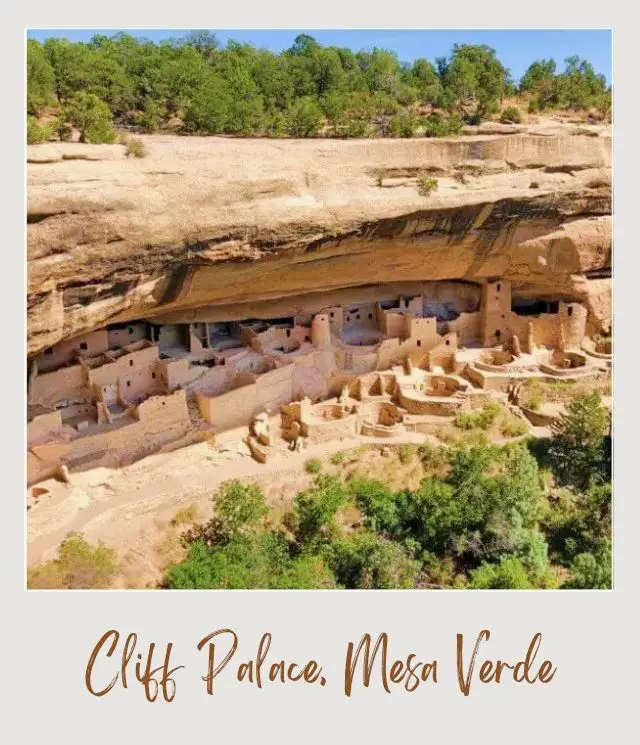
The whole mis-naming doesn’t end there!
The largest cliff dwelling in the national park is Cliff Palace. It’s impressive, but it’s not – and never was – a palace.
Cliff Palace was built between 1190 CE and 1260 CE and abandoned by 1300 CE.
It’s thought to have been a ceremonial site, as well as a social and administrative area, plus a residence. There are 150 rooms and 23 kivas (round sunken ceremonial rooms). It was home to about 100 people/ 25 families at its height.
So why is it called a palace? The people who discovered it (who were not archaeologists) thought it looked like a medieval palace or castle that they’d read about.
They were wrong about it being a palace, but it’s nonetheless impressive.
➡️ READ MORE: How to Visit Mesa Verde Cliff Dwellings
6. The inhabitants of the cliff dwellings were originally called Anasazi – but this term is now considered disrespectful
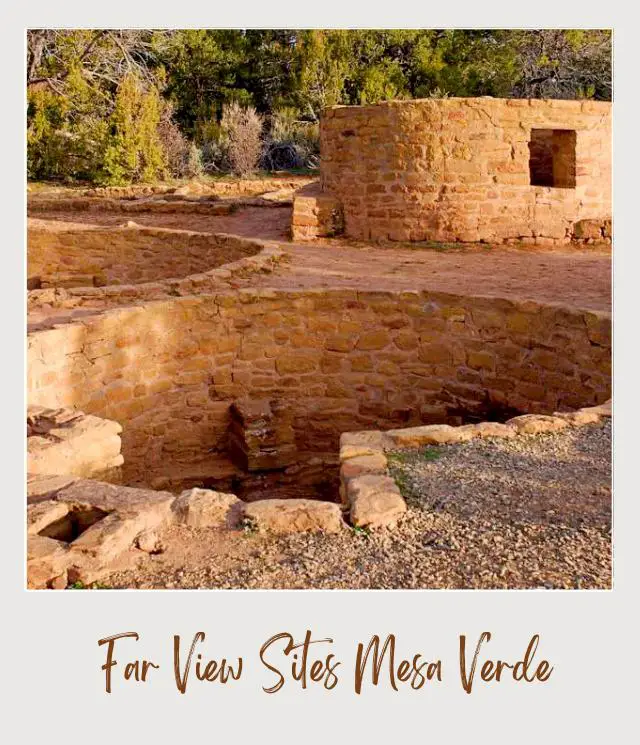
According to archaeologist Linda Cordell, “Anasazi” was first applied to the ruins of Mesa Verde by Richard Wetherill in 1888–89.
The term “Anasazi” was subsequently adopted by Alfred V. Kidder, the acknowledged dean of Southwestern Archaeology and was established in 1927 through the archaeological Pecos Classification system. Alfred V. Kidder felt it was easier to use than creating a more technical term.
So everyone used the word “Anasazi” to refer to the Ancestral Pueblo people who lived in the present-day Four Corners region of the United States. This area includes Mesa Verde, Chaco Canyon, Canyon De Chelly, and Aztec.
However, according to the Indian Pueblo Cultural Center, the term is Navajo in origin, and means “ancient enemy.”
It’s easy to understand, then, why the Pueblo peoples prefer that their ancestors aren’t referred to in such a disrespectful manner.
The appropriate term to use is “Ancestral Pueblo” or “Ancestral Puebloan”.
➡️ READ MORE: This uses the old term, but has lots of information about the Ancient Puebloans: The Anasazi Guide: Second Edition by E WM Skopec
7. No one knows why the cliff dwellings were abandoned
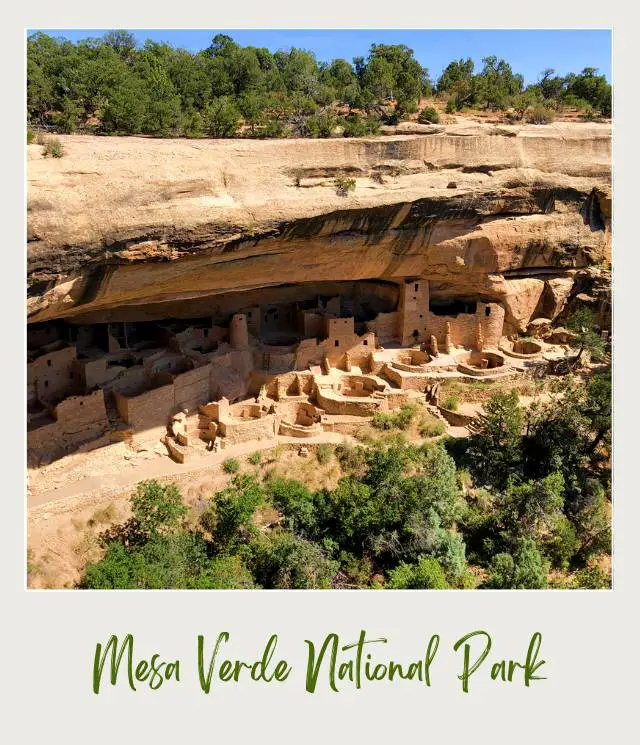
So, who were the Ancestral Puebloans who built the cliff dwellings in modern-day Mesa Verde National Park, and why did they abandon them?
The ancestors of the Puebloan Native Americans first moved into the area around 550 A.D. They lived on top of the mesas for about 600 years, farming the land and living in small settlements there.
Then, during the late 1190s they starting building small villages, dwellings, ceremonial kivas, and storage rooms into the natural alcoves that existed in the cliffs below the mesa top.
They still farmed on the mesa top, but they carved hand and foot holds into the sheer cliff and climbed down them to get the homes they built there. The structures ranged in size from one-room storage units to villages of more than 150 rooms.
Starting in the late 1270s, the Ancestral Puebloans abandoned the elaborate dwellings they had built in the cliffs and migrated south into present-day New Mexico and Arizona. The area was completely abandoned by the 1300s.
Why?
That’s a good question – and no one knows for sure because they left little writing except for the symbolic pictographs and petroglyphs on rock walls. However, there are several plausible theories.
The most likely reason is that a severe drought from about A.D. 1275 to 1300 created a food shortage that forced them to leave in search of food. Overcrowding was also a possible reason for insufficient food.
The other possible reason is that they were forced to flee by hostile enemy armies who went to war with them.
➡️ READ MORE: Learn more about the history of the Ancient Puebloans in Mesa Verde: The History of the Ancient Pueblo Settlement by C River Editors and J Harasta
8. Mesa Verde was “discovered” by a couple of cowboys
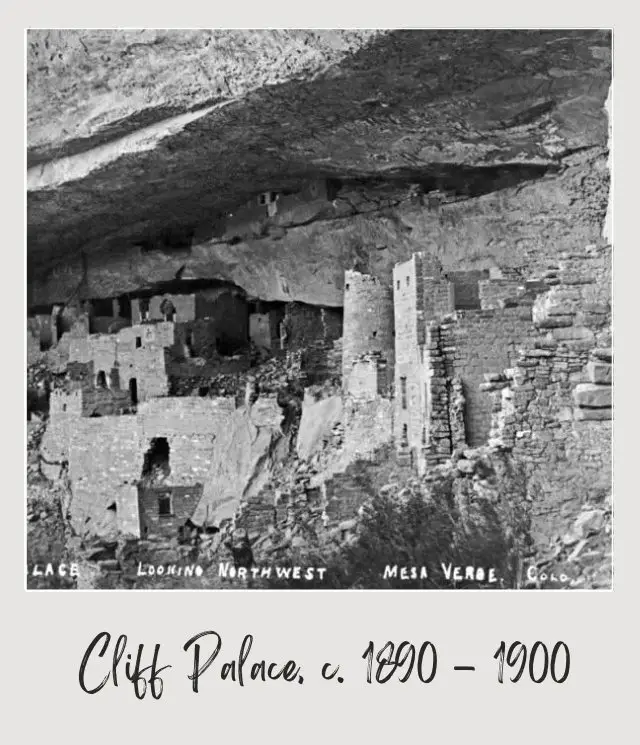
So, who did discover Mesa Verde?
“Discover” is a relative term. It was never actually lost. The Ute Indians knew of the cliff dwellings existence the whole time (and avoided them because they believed they were occupied by the spirits of old people).
But the first people of European descent who are commonly credited with stumbling upon the ruins and then promoting them to other people of European descent were Charlie Mason and his brother-in-law Richard Wetherill.
They were riding together on December 18, 1888 looking for cattle that had strayed far from their ranch when they arrived at the edge of a canyon. Richard suddenly turned around and exclaimed “My God, Charlie, look at that!” Below, in the cliff opposite, were the ruins of what he subsequently named Cliff Palace.
On their return to their ranch, they loudly touted their discovery and word soon spread. Richard Wetherill found many more cliff dwellings, including Spruce Tree House and Square Tower House, and became the go-to-guy for guiding others to see them.
In 1891 the Wetherill brothers and Mason showed Mesa Verde to the Swedish scholar Gustaf Nordenskiöld, who subsequently excavated nearly two dozen cliff dwellings in the area, including Cliff Palace.
His “excavations” included plundering the sites and sending artefacts to Finland, where they were housed in National Museum of Finland. Fortunately, times have changed and in 2019 the Finnish government returned many of them to native tribes in the region.
➡️ READ MORE: To learn more about the fascinating Richard Wetherill in Richard Wetherill – Anasazi: Pioneer Explorer of Southwestern Ruins by Frank McNitt.
9. The “Mesa Verde Women” helped create the national park
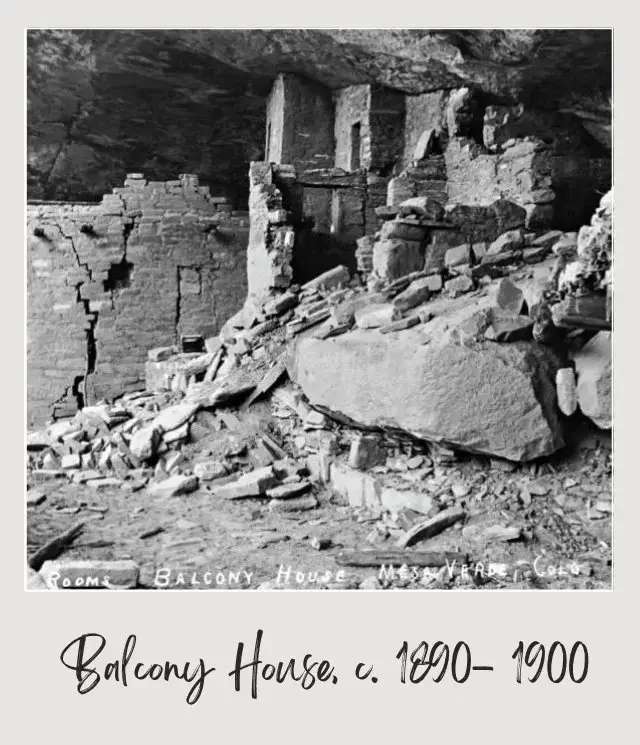
We now know that Mesa Verde quickly became popular. Not just as a place to visit, but as a place to pillage and take souvenirs back home.
For about 15 years from the 1890’s until it became a National Park in 1906 it was pretty much a free for all. Which was not good. Someone needed to do something.
Which is where Virginia McClurg comes in. She visited Mesa Verde in 1882 and 1886 and became passionate about preserving the ruins and creating a national park. She enlisted the help of Lucy Peabody, who worked tirelessly in Washington DC to make the National Park a reality.
Other women joined the fight.
Ella McNeil, the wife of one of Colorado’s prominent bankers, and her sister-in-law Estelle camp. Luna A. Thatche, a member of the Thatcher banking family. Ella Adams, the wife of former governor Alva Adams. Alice Bishop and her mother, Jeanette Scoville.
Through their grass roots work and lobbying in Washington, they were able to persuade the House and the Senate to introduce bills to create a national park at Mesa Verde.
In June 1906, the Senate and House of Representatives passed bills creating Mesa Verde National Park along with an even more important piece of legislation – The Antiquities Act.
➡️ READ MORE: Mesa Verde National Park Guide
10. Mesa Verde is an International Dark Sky Park
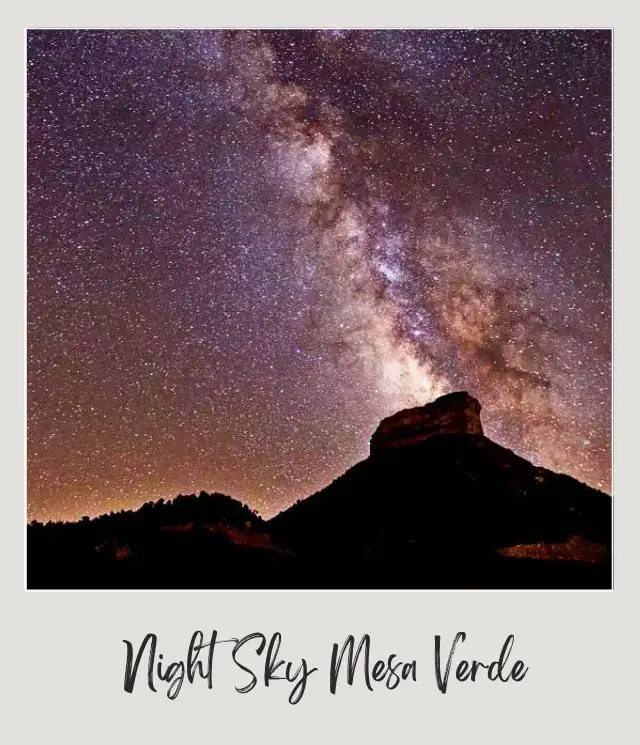
On April 5, 2021, Mesa Verde became the 100th International Dark Sky Park. What does that mean?
Well, the designation is given to recognize the exceptional quality of the park’s night skies. This means that there are lots of clear views and very little light pollution, so Mesa Verde is a great place for star gazing.
International Dark Sky Park certification also means that the national park protects the night sky by reducing light pollution as much as possible. It also means that the park promotes public education and astronomy-based recreation through astronomy-based interpretive programming.
Popular places in Mesa Verde National Park for star gazing include Morefield Campground and Far View Lodge, and overlooks along the park road such as Geologic Overlook, Mancos Overlook, and the Montezuma Valley Overlook. You can also just stop at any of the unnamed pullouts along the road where there are expansive views of the night sky.
➡️ READ MORE: Lonely Planet Dark Skies 1 by Lonely Planet and V Stimac
More Information About Mesa Verde National Park
Are you feeling inspired to visit Mesa Verde National Park? Start planning your trip now with these guides:
⭐ Mesa Verde National Park Guide
⭐ Planning A Trip to Mesa Verde National Park: 7 Mistakes to Avoid
⭐ How to Visit Mesa Verde National Park
⭐ How to Visit Mesa Verde Cliff Dwellings
⭐ The 10 Best Mesa Verde Hikes Not to Miss
⭐ The 10 Best Things to Do in & Around Mesa Verde National Park
⭐ Visiting Mesa Verde National Park: What To Expect Throughout the Year
⭐ How to Get to Mesa Verde National Park
⭐ Best Time To Visit Mesa Verde National Park
⭐ The Airports Near Mesa Verde National Park
⭐ The Closest Airport to Mesa Verde National Park
⭐ 10 Tips For Visiting Mesa Verde National Park
⭐ The Best Airbnb Durango
Do you have any other Mesa Verde fun facts to share? I’d love to hear them. Join my private Facebook group National Parks Collectors and comment and let me know (you can also pick up extra planning tips, share your photos and stories with other national park lovers and more).
Subscribe to daily national parks planning tips, travel inspiration and trip ideas and get instant access to the free PDF
10 Fun Facts About Mesa Verde National Park
If you liked this article, Pin It to your Mesa Verde National Park board!


💡 Are you just starting to think about taking a national parks trip? Get Inspiration
‼️ Are you looking for helpful tips for visiting US national parks? Read articles that share useful tips on a range of national-park related issues
💻 Are you starting to plan a trip to Mesa Verde National Park? Read my Guide to Mesa Verde National Park
🛏️ Are you looking for a place to stay near Mesa Verde National Park? Find a vacation rental near Mesa Verde National Park
💲 Are you ready to book your trip? Use these Planning and Booking Resources
📖 Do you want to read a book about US national parks? Check out my Recommended Reading Lists
About the Author
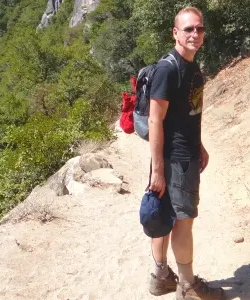
James Ian is a national park, camping and hiking expert.
He has dedicated his life to travel, visiting more than 80 countries, all 7 continents and most of the national parks in the United States. With over 35 years experience in the travel industry, James has worked on cruise ships, at resorts and hotels, and as a travel planner who’s helped hundreds of people plan successful trips to US national parks.
Based on his experience visiting our national parks multiple times, in-depth research and expertise as a travel planner, James has published detailed itineraries for many of the major national parks in the US. These itineraries, as well as in-depth park guides, and other resources will help you have your own incredible trip to US national parks without stress and hassle.
As a national park expert, James has contributed to many publications, including USA Today, Newsweek, Time Business News, Savoteur, Best Trip, and Wired.
I’m a member of the Amazon Services LLC Associates Program. As an Amazon Associate I earn from qualifying purchases.
